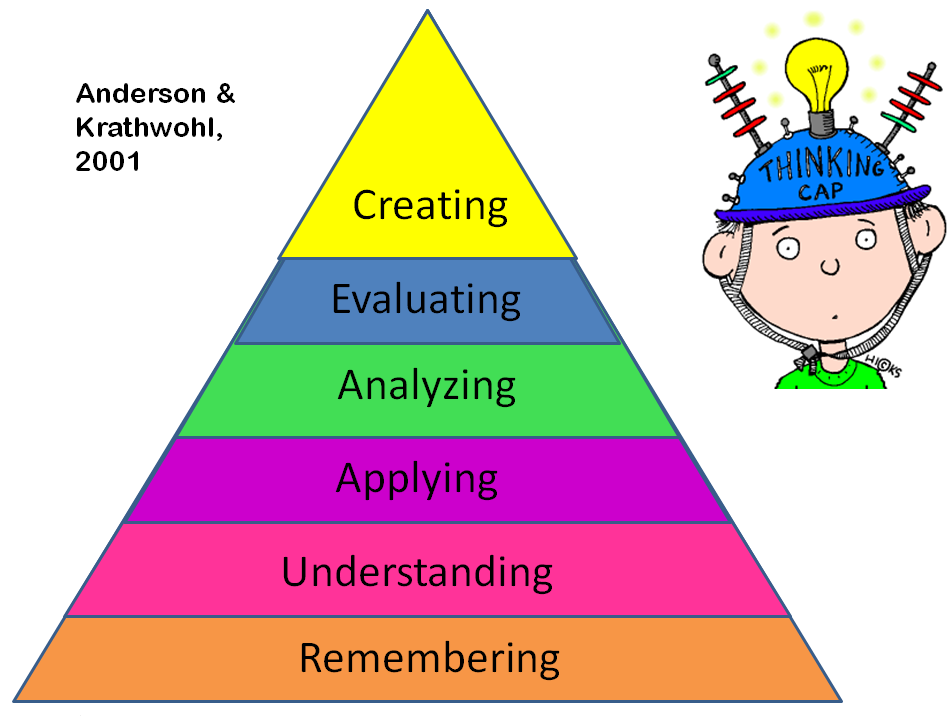Shankly and Me – byBarry Jameson
“The socialism I believe in is everybody working for the same goal and everybody having a share in the rewards. It’s how I see football, it’s how I see life.”
The above quote is by the late, great manager of Liverpool Football Club, Bill Shankly. Shankly was one of those special characters that transcended sport. You can find websites dedicated, not only to his football achievements, but to his quotes. Strangely, when I think about teaching, he is often the person I think of. It is hard to have heroes in modern football. It is full of overpaid prima donnas, cheating, diving, and commercialism. Shankly reminds me of the purity of sport, the purity of human beings working together to achieve mutual goals.
His beliefs mirror my own about life. Socialism without politics. It is a way of life, working together. Shankly used his beliefs to inform his approach to football. His influence shapes my teaching. I would simply change the last line to, ‘It’s how I see teaching, it’s how I see life.’ Few (if any) of us become teachers to become wealthy. From my experience of connecting with teachers around the world, there are common traits. A willingness to share, to help others reach their goals, whilst also trying to achieve our own. It truly is a case of sharing the rewards.
Football and teaching are similar in many respects. Teamwork, dedication, and commitment are needed to reach the heights. When players step over the white line there is little the manager can do. It is enough to support, to guide from the side-line, and hope that they do the job. Teaching, for me, is similar. Ultimately, the students are the ones who have to learn and develop by themselves. All I can do is try to guide, support, facilitate and prepare to the best of my ability. You try to give them the tools to succeed. You train, coach, inspire as much as you can and hope that, in the end, it is enough.
When it works, the rewards truly are shared. I am sure we have all felt the immense pride when we see a student reach their goal. All the struggles, the blood, sweat, and tears to get to that point are briefly forgotten as you bask in their achievement. The satisfaction for me comes from knowing that I gave everything to help them. I can take no glory, as they are the ones who put in the real hard work, but I can feel satisfied that I may have played my own small part in their success. Sometimes we make a deep connection with students. Sometimes we don’t. The important thing is that we act in an honest way and do our best for each and every one of them.
Another quote of Shankly that I often think of is:
“I’d like to think that I have put more into the game than I have taken out. And that I haven‘t cheated anybody, that I‘ve been working for people honestly all along the line…”

Reading the thoughts of Shankly changes how I approach teaching. If I succeed, if I fail, at least I try. I never cheat a student. I try to go home each day knowing that I’ve given my best, even though my best is sometimes not good enough. Work together, succeed together, fail together, and improve together. These are the principles that I attempt to follow.It seems fitting to end on another quote from the great man:
“I’ve been a slave to football. It follows you home; it follows you everywhere and eats into your family life. But every working man misses out on some things because of his job.”
This is how I see teaching, and I would have it no other way. – Barry Jameson
Read more work from Barry Jameson on his always interesting blog All Things ELT, and as Barry is an iTDi Mentor you can connect with him and other iTDi mentors from around the world by joining the iTDi Community. Sign Up For A Free iTDI Account to create your profile, connect with our community, and get immediate access to our social forums and a free trial lesson from both our English For Teachers and Teacher Development Courses.















